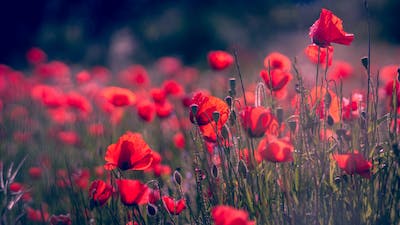Antarctica, a land of frigid solitude, is now witnessing an unexpected transformation – the proliferation of flowers. Typically, flowers are a cheerful sight heralding the arrival of spring, but in this icy expanse, their emergence has raised concerns among experts.
Historically, Antarctica has been a realm predominantly blanketed by ice and snow, offering minimal scope for plant life to thrive. The region boasts a meager botanical diversity, harboring only two species of flowering plants: the Antarctic hair grass and the Antarctic pearlwort. Trees and shrubs are conspicuously absent, and these botanical survivors are confined to the South Orkney Islands, the South Shetland Islands, and the western reaches of the Antarctic Peninsula.
However, the relentless rise in global temperatures and the accompanying thawing of Antarctica’s icy expanse have resulted in a startling revelation – the accelerated growth of native plants on the continent.
A team of researchers, led by Nicoletta Cannone from the University of Insubria in Italy, embarked on a mission to document the growth of Antarctica’s indigenous flora across multiple sites on Signy Island within the South Orkney Islands. Their research spanned from 2009 to 2019. In comparing their findings to surveys conducted over the previous half-century, the researchers observed a dramatic increase in both the density and growth rate of these plants as the climate warmed.
The results were nothing short of astonishing. The Antarctic hair grass, in the decade from 2009 to 2019, exhibited as much growth as it had in the entire five decades spanning from 1960 to 2009. Meanwhile, the Antarctic pearlwort outpaced even the hair grass, flourishing fivefold during the same periods.
This burgeoning floral transformation in Antarctica, while fascinating from a scientific perspective, raises alarm bells among experts. The introduction of new vegetation can potentially disrupt the delicate ecosystem of this frozen continent. The sudden availability of plants could attract new herbivores or insects, altering the dynamics of the region.
In conclusion, the unanticipated proliferation of flowers in Antarctica, fueled by rising temperatures and melting ice, is a phenomenon that demands careful scrutiny. While the vivid colors and growth offer a stark contrast to the continent’s icy expanse, experts remain wary of the ecological consequences that may unfold in this rapidly changing environment.


